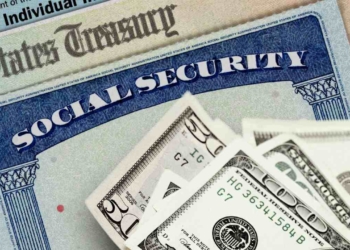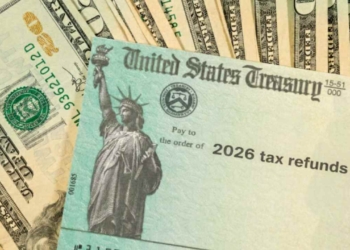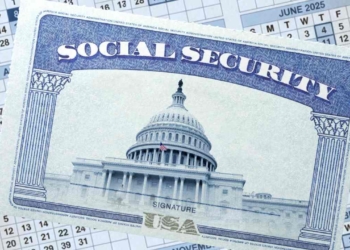Social Security Disability Insurance payments are for workers with a disability who are not able to work for over a year. What is more, workers must have paid enough taxes to the Agency to get SSDI benefits. If you had jobs not covered by SSA, you are not eligible.
Filing and approval are essential to qualify for SSDI payments in the United States. Once you qualify, you can continue receiving them as long as your disability goes on. Therefore, any health improvements must be reported to the Administration to see if you remain eligible. The next payday will be on February 19, but who qualifies?
SSDI requirements to get a new payment on Feb. 19
The first condition to get SSDI on February 19 is to have your birthday from the 11th to the 20th. If you meet that condition, check the other requirements because some other recipients are excluded for 2 different reasons.
For example, if you are a recipient of the Supplemental Security Income and SSDI simultaneously, you will get your SSI on February 28 and Disability Insurance on March 3, 2025.
Similarly, if you filed and got disability benefits before May 1997, March 3 will be your payment date. Not all disability beneficiaries will get $1,580, the average amount, but why?
SSDI payment amounts depend on various factors
The main reason why your SSDI payment may be lower than average is that you had to file early due to your disability. The number of years you paid payroll taxes matters.
For example, all workers should aim to work for a minimum of 35 years. It is true that you can get retirement benefits at 62 with just 10 years of work. Though it will mean having a low check or direct deposit.
The lower your wage is, the lower your SSDI check will be. On average, Disability Insurance benefits are $1,580. If you were a high earner for 35 years, your Social Security check can be up to $4,018 in 2025.







